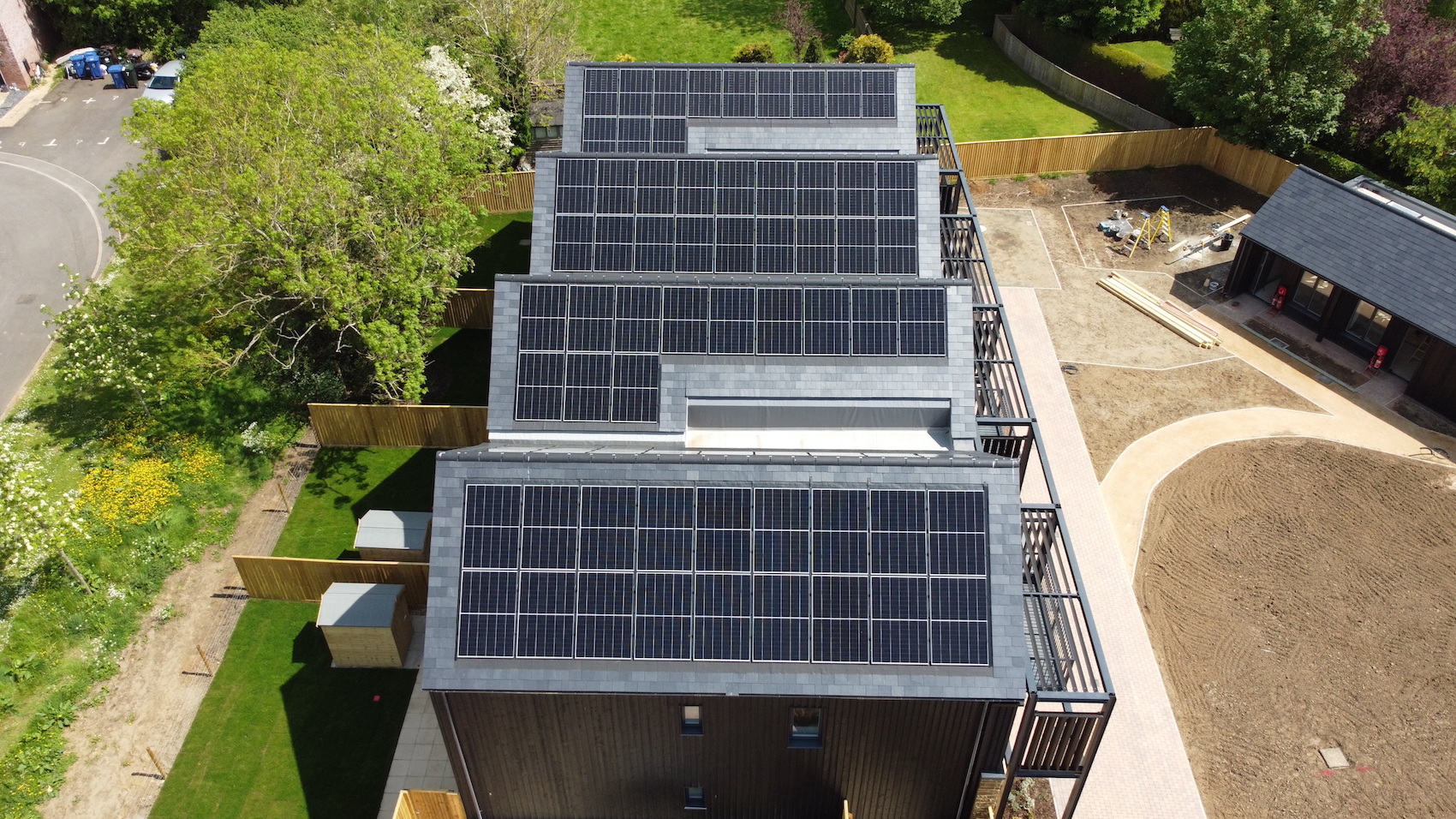Ian Pritchett, co-founder and Growth & Innovation Director at Greencore Homes, has produced a School of Specification module exploring Passivhaus methodology. Here, he considers the main Passivhaus principles and how architects should approach them.
What is Passivhaus and what are the main benefits?
The Passivhaus methodology is a robust and tried and tested way to deliver low-energy, healthy and comfortable buildings. The methodology was developed in Germany more than 30 years ago, and there are some 300,000 buildings worldwide that have been certified. The principles apply to residential and non-residential buildings, as well as new build and retrofit.
What are the key Passivhaus principles and how should architects approach them?
The Passivhaus design process uses the Passivhaus Planning Package (PHPP) to model thermal performance. This is a very detailed spreadsheet-based software tool, covering all aspects of the design in intricate detail. The aim is to measure all the heat losses and to balance them with the heat gains. Some heat gains are free (solar and internal gains). The target is to minimise the heating that costs money/energy and get it below 15kWhrs/m2/yr. The main things for designers to consider are:
- Form factor. This is the ratio of the external (heat losing) surfaces of the building divided by the Treated Floor Area (TFA). Buildings with low-form factors are more thermally efficient than those with higher form factors. In reality, this means designing simple compact shapes, not long, thin or complicated shaped buildings/houses.
- Orientation. Ideally houses should be orientated north-south so that the south-facing rooms can benefit from useful solar gain during the heating season.
- Insulation. There is a minimum U-value requirement of 0.15W/m²K for the opaque elements of the house. In general, the more insulation, the better.
- Thermal bridges. These are elements of structure that pass through the insulation layer and conduct heat from the (warm) interior to the (cold) exterior. Ideally most, if not all, thermal bridges can be designed out. One of the most common ones are where balconies are canterlevered from the main structure. In Passivhaus, we use free-standing balconies.
- Airtightness. In most new houses ventilation happens by accident. i.e. air comes in through gaps that have not been designed or constructed properly. Heat is also lost through these gaps. The Passivhaus methodology is based on making the house very airtight and ensuring that the ventilation system brings in the correct amount of air to the right places. Passivhaus requires buildings/houses to have less than 0.6 air changes per hour when tested with pressurisation and depressurisation tests of 50Pa difference to the outside.
- Ventilation. In Passivhaus this is carefully planned and uses a mechanical ventilation system with heat recovery (MVHR). This means that the stale air from the wet rooms (kitchen, utility and bathrooms) is used to warm the incoming fresh air during the heating season. This approach is also great at controlling humidity and filters the air, so it creates a very comfortable, healthy environment.
- Windows. Passivhaus uses triple-glazed windows because these are thermally weaker than the opaque elements of the building. This means that the inner surfaces of the windows never get cold enough to produce convection currents that feel uncomfortable.
What are the criteria for Passivhaus compliance?
For a building to be certifiable as a Passivhaus it must achieve a heating demand of 15kWhrs/m²/yr or below, or a peak heat requirement of 10W/m² or below, and an airtightness of 0.6 air changes per hour at a pressure of 50 pascals.
What are the misconceptions about Passivhaus?
Most commonly, people think MVHR is noisy; airtight houses are stuffy; you can’t open the windows; and it is too expensive to build.
Source: Architecture Today



